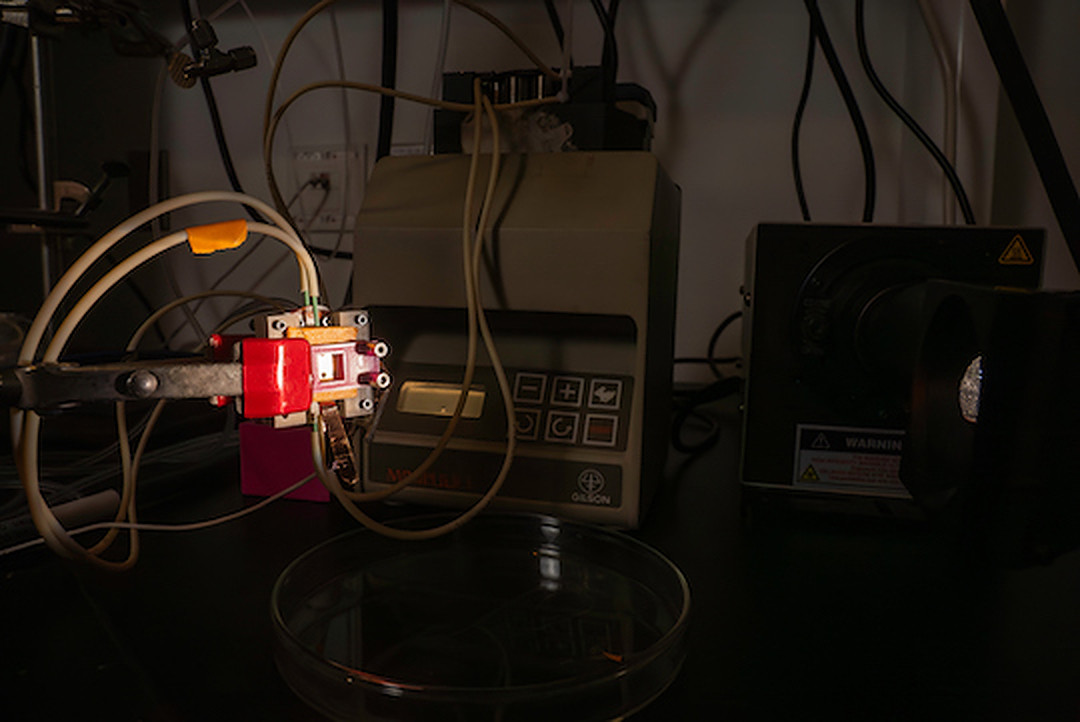Rice University engineers have achieved record-breaking efficiency for an integrated photoreactor. The device directly produces hydrogen from solar with 20.8% efficiency. It uses an anticorrosion barrier that insulates the semiconductor from water without impeding the transfer of electrons. The researchers published their findings in Nature Communications. “You needed two layers to the barrier, one to block the water and one to make good electrical contact between the perovskite layers and the protective layer,” said Austin Fehr, one of the study's lead authors.
Fortescue Future Industries (FFI) says it will acquire Nikola’s Phoenix Hydrogen Hub (PHH) project. The companies are working toward a hydrogen supply agreement to support Nikola’s Class 8 zero-emission trucks. The PHH is a fast-to-market, green hydrogen project in Buckeye, Arizona. Building activities will proceed in phases to scale alongside demand. Hydrogen production is anticipated by the middle of this decade, but the companies did not comment on the size of the hydrogen investment.
Wien Energie, RheinEnergie, Siemens Energy, and Verbund are conducting a joint operational test on a combined heat and power plant operated by Wien Energie in Vienna, Austria. The partners are mixing hydrogen with natural gas. “This test is the first of its kind in the world on a commercially used gas and steam turbine plant in this power class,” said Wien Energie. The gas turbine model used in the Donaustadt power plant is used in more than 115 systems in Europe alone.
Wilo launched its four modular green hydrogen production systems. The German company said the product is available in four different sizes that can generate power equal to the annual demand of either three, five, or 20 households. The system uses electrolysis to convert renewable energy into green hydrogen, but can also run fuel cells to convert the hydrogen back into electrical power.
Enapter has supplied 30 AEM EL 2.1 electrolyzers and 15 DRY 2.1 dryers for a hydrogen refueling station in Japan as part of a cooperative deal with Tokyo Gas. The German company said the Senju station is the first commercial hydrogen refueling station to use AEM electrolysis in Asia. It added that Enapter's AEM electrolyzers are used to produce hydrogen on site to refuel vehicles.
This content is protected by copyright and may not be reused. If you want to cooperate with us and would like to reuse some of our content, please contact: editors@pv-magazine.com.



1 comment
By submitting this form you agree to pv magazine using your data for the purposes of publishing your comment.
Your personal data will only be disclosed or otherwise transmitted to third parties for the purposes of spam filtering or if this is necessary for technical maintenance of the website. Any other transfer to third parties will not take place unless this is justified on the basis of applicable data protection regulations or if pv magazine is legally obliged to do so.
You may revoke this consent at any time with effect for the future, in which case your personal data will be deleted immediately. Otherwise, your data will be deleted if pv magazine has processed your request or the purpose of data storage is fulfilled.
Further information on data privacy can be found in our Data Protection Policy.